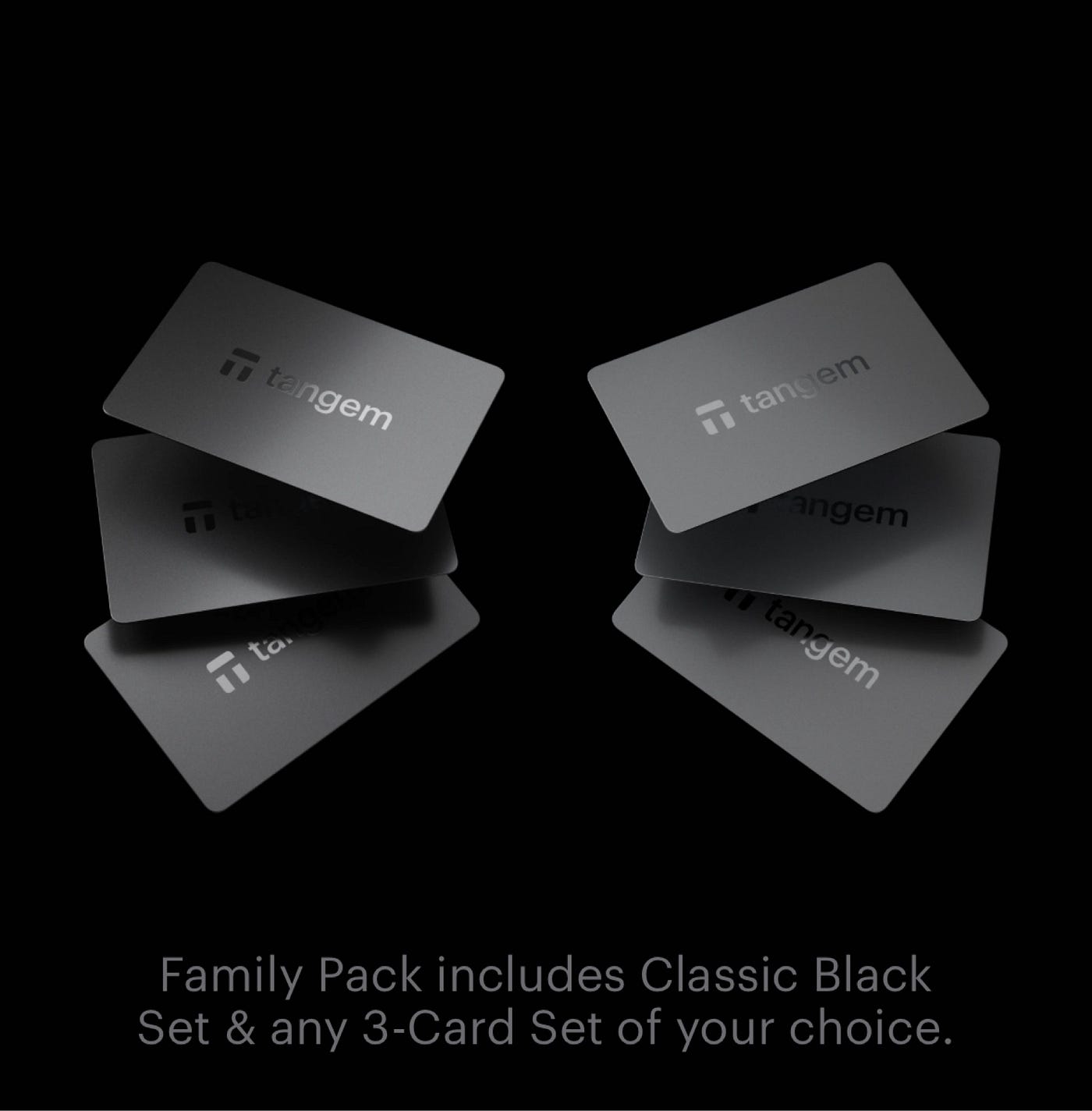Hello, Crypto Insights Hub community!👋
The world of decentralized finance (DeFi) has been making waves in the cryptocurrency space and revolutionizing the way we interact with financial services. In today’s post, we’ll take a deep dive into DeFi protocols, exploring their various types and highlighting some popular projects. Let’s dive in!
What is a DeFi Protocol?
A DeFi protocol is a decentralized, blockchain-based platform that enables users to access financial services without relying on traditional intermediaries like banks or brokerages. Built primarily on the Ethereum blockchain, DeFi protocols leverage smart contracts to automate processes and create transparent, permissionless, and trustless financial ecosystems.
Types of DeFi Protocols
DeFi protocols can be broadly categorized into several types, each serving a different financial function:
1. Lending and Borrowing Protocols: These platforms allow users to lend and borrow cryptocurrencies, typically using collateral to secure loans. Lenders earn interest from borrowers, while borrowers gain access to liquidity without selling their assets.
Popular Projects: Aave, Compound, MakerDAO
2. Decentralised Exchanges (DEXs): DEXs are platforms that facilitate the peer-to-peer trading of cryptocurrencies without the need for a centralized exchange. DEXs often use automated market makers (AMMs) to provide liquidity and enable trades.
Popular Projects: Uniswap, SushiSwap, PancakeSwap
3. Liquidity Pools and Yield Farming: Liquidity pools are smart contracts that hold funds provided by users to facilitate trades on DEXs. In return for providing liquidity, users receive a share of the trading fees generated by the platform. Yield farming is the process of allocating assets to various liquidity pools to earn the highest possible returns.
Popular Projects: Balancer, Curve Finance, Yearn Finance
4. Derivatives and Synthetic Assets: DeFi platforms enable the creation of decentralized derivatives and synthetic assets, which are tokens that represent real-world assets or other cryptocurrencies on the blockchain. This allows users to gain price exposure to a variety of assets without actually owning the underlying asset.
Popular Projects: Synthetix, dYdX, UMA
5. Insurance Protocols: DeFi insurance protocols provide coverage for smart contract vulnerabilities, hacks, or other risks associated with using DeFi platforms. Users can purchase coverage to protect their investments and minimize potential losses.
Popular Projects: Nexus Mutual, Cover Protocol, Opium Insurance
6. Asset Management and Aggregators: These platforms help users manage their DeFi investments by offering portfolio management tools, automating investment strategies, or aggregating multiple platforms to optimize returns.
Popular Projects: Zapper, DeFi Saver, TokenSets
Risks and Considerations
While DeFi protocols offer significant potential for innovation and disruption, they also come with inherent risks, including:
– Smart contract vulnerabilities
– Market volatility
– Regulatory uncertainty
– Impermanent loss (for liquidity providers)
– Centralization risks (e.g., admin keys, oracles)
It’s essential to be aware of these risks and conduct thorough research before participating in DeFi platforms.
Closing Thoughts:
DeFi protocols have already begun to reshape the financial landscape, offering new opportunities and challenging traditional financial services. As the space continues to evolve, it will be exciting to see how these innovative platforms develop and grow.
We hope this post has provided an insightful look into DeFi protocols and their various applications. Let us know in the comments if you have any questions or if there are any specific DeFi-related topics you’d like us to cover in the future!
Stay tuned for more insights from the Crypto Insights Hub!
Best regards,
Sophia Lopez,
Admin of Crypto Insights Hub


